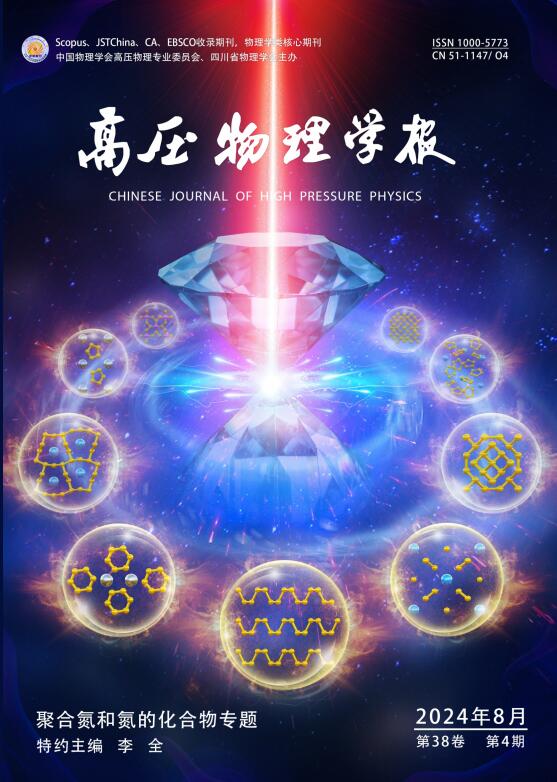Current Issue
2024 Vol. 38, No. 4
Display Method:
2024, 38(4): 040101.
doi: 10.11858/gywlxb.20230810
Abstract:
2024, 38(4): 040102.
doi: 10.11858/gywlxb.20230797
Abstract:
2024, 38(4): 040103.
doi: 10.11858/gywlxb.20240776
Abstract:
2024, 38(4): 040104.
doi: 10.11858/gywlxb.20240719
Abstract:
2024, 38(4): 040105.
doi: 10.11858/gywlxb.20240821
Abstract:
2024, 38(4): 041101.
doi: 10.11858/gywlxb.20240715
Abstract:
2024, 38(4): 041102.
doi: 10.11858/gywlxb.20240769
Abstract:
2024, 38(4): 044101.
doi: 10.11858/gywlxb.20230812
Abstract:
2024, 38(4): 044102.
doi: 10.11858/gywlxb.20230826
Abstract:
2024, 38(4): 044103.
doi: 10.11858/gywlxb.20240720
Abstract:
2024, 38(4): 044104.
doi: 10.11858/gywlxb.20240701
Abstract:
2024, 38(4): 044105.
doi: 10.11858/gywlxb.20240704
Abstract:
2024, 38(4): 045101.
doi: 10.11858/gywlxb.20240729
Abstract:
2024, 38(4): 045201.
doi: 10.11858/gywlxb.20240712
Abstract:
2024, 38(4): 045202.
doi: 10.11858/gywlxb.20230838
Abstract:
2024, 38(4): 045301.
doi: 10.11858/gywlxb.20240708
Abstract:
2024, 38(4): 045302.
doi: 10.11858/gywlxb.20240711
Abstract:
2024, 38(4): 045901.
doi: 10.11858/gywlxb.20230815
Abstract:




 PDF
PDF  Cited by
Cited by HTML
HTML











